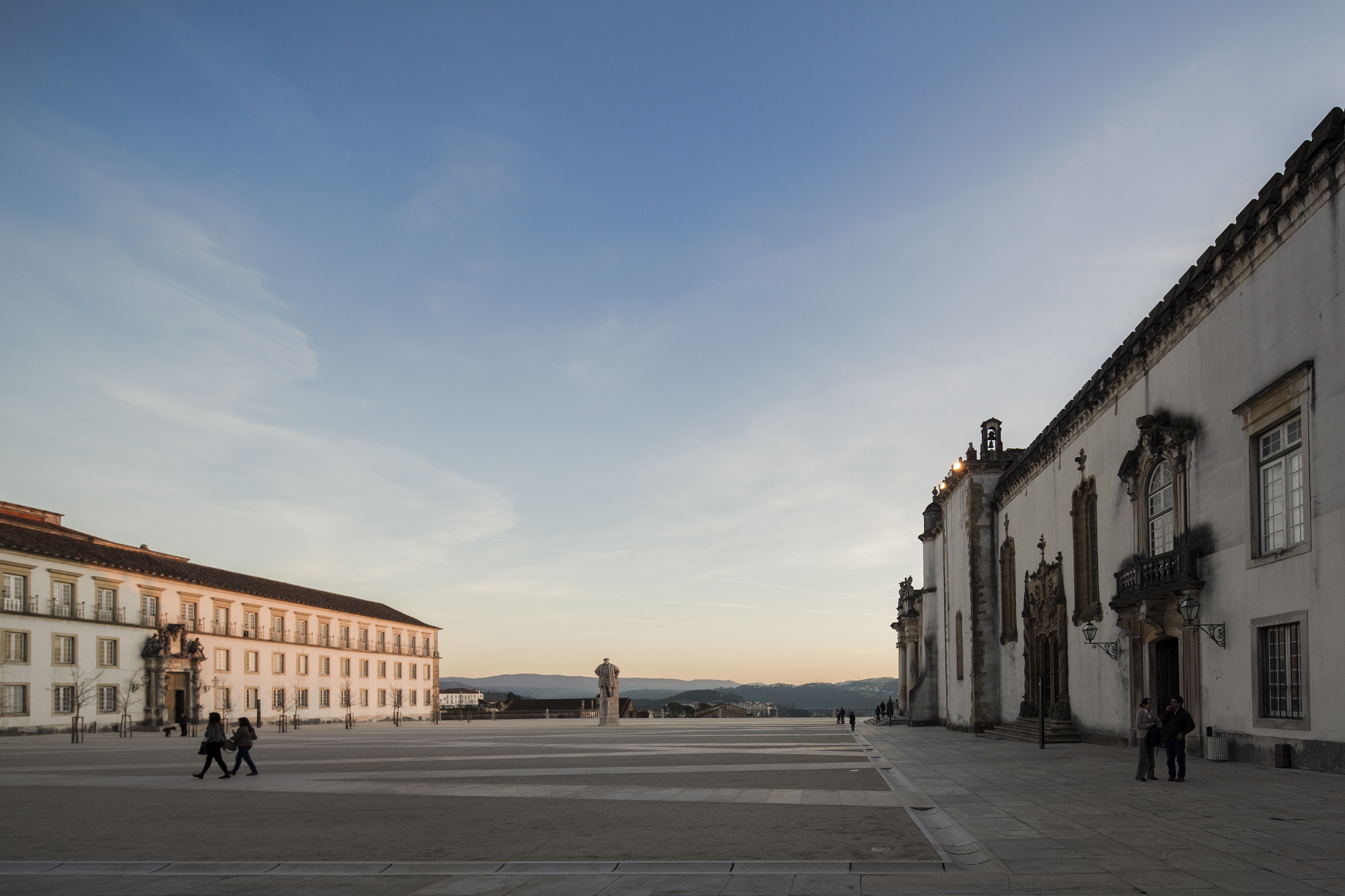coimbra, portugal
2005-2011
Coauthor: BB Arquitectos (José Barra)
Photos: Fernando GuerrA FG+SG PHOTOGRAPHY
Rehabilitation of the Pátio das Escolas of the University of Coimbra
The history of the University of Coimbra is inseparable from the expression of its urban and architectural heritage, as the city itself was built based on the idea of the University as its centre and morphological generator. The occupation of the old Royal Palace of the Alcáçova by the General Studies took place in 1537, by concession of D. João III and named of Pátio das Escolas [Schools’ Patio] after the definitive acquisition by the University in 1597 to D. Filipe I. The old Royal Palace and its courtyard enjoyed an exceptional topographic context at the top of the hill overlooking the surrounding city at its feet and the Mondego River.
Having been used as car parking for the last years, the rehabilitation of the Pátio das Escolas sought to recover this unique condition of the university palace and its relationship with the city, contributing to the comprehension of the historical memory of the space, and to its contemporary renewal as a symbolic centre of the University.
The proposal for the resurfacing of the courtyard (which also safeguards the existing architectural heritage in the subsoil) sought to ensure and reinforce its institutional scale while simultaneously inducing a cosy and comfortable urban environment.
It is an operation of great containment and subtlety, which intended to preserve much of the existing surface, specially the old peripheral contour in stone that now delimits a grit terreiro [yard] evoking the old patio of arms, where several new paths are drawn connecting the singular elements of the Palace. On the whole, the new paths form an irregular pattern, nevertheless articulating the geometrical heterogeneity of the surrounding buildings and thus creating a unifying reading of the space.
Along the façade of the Colégio de S. Pedro [St. Peter's College], there is a small tree-lined avenue, creating a shaded space to relax, talk, or just enjoy the beauty of the surrounding space and the magnificent view over the Mondego valley.








